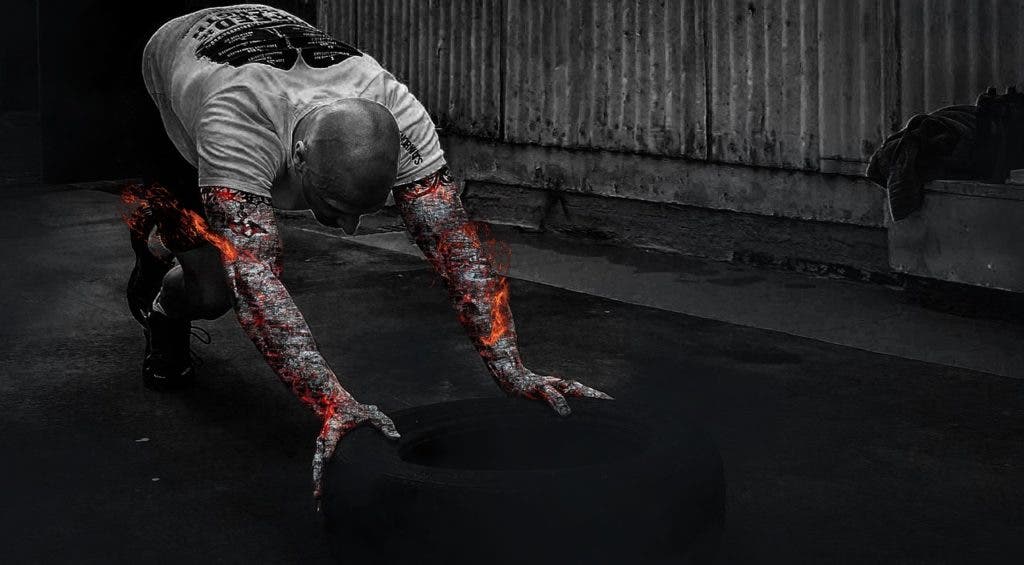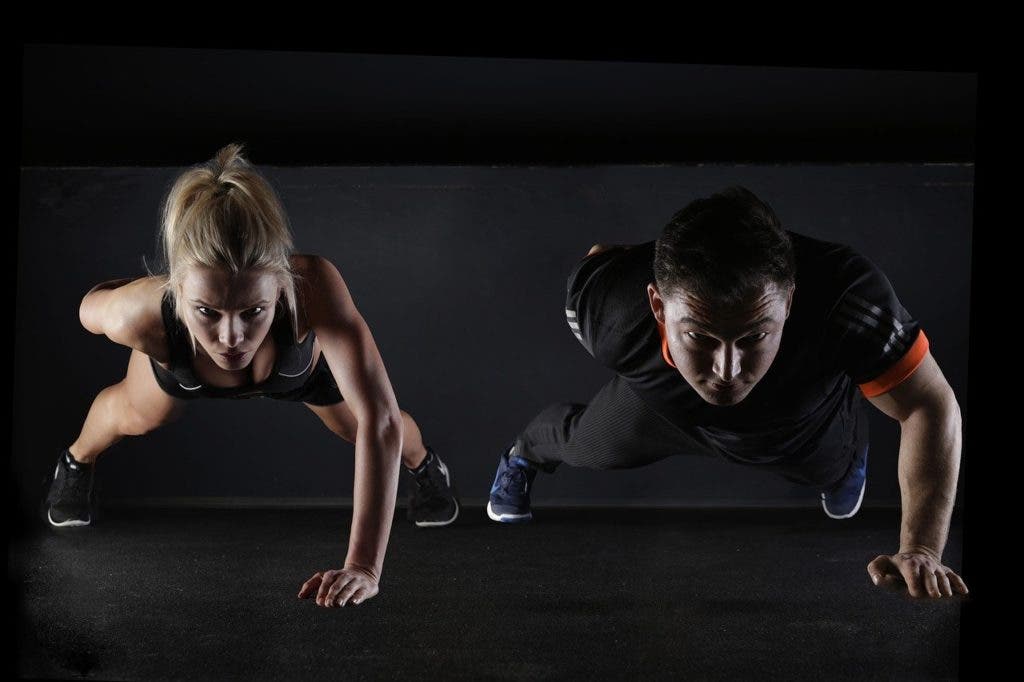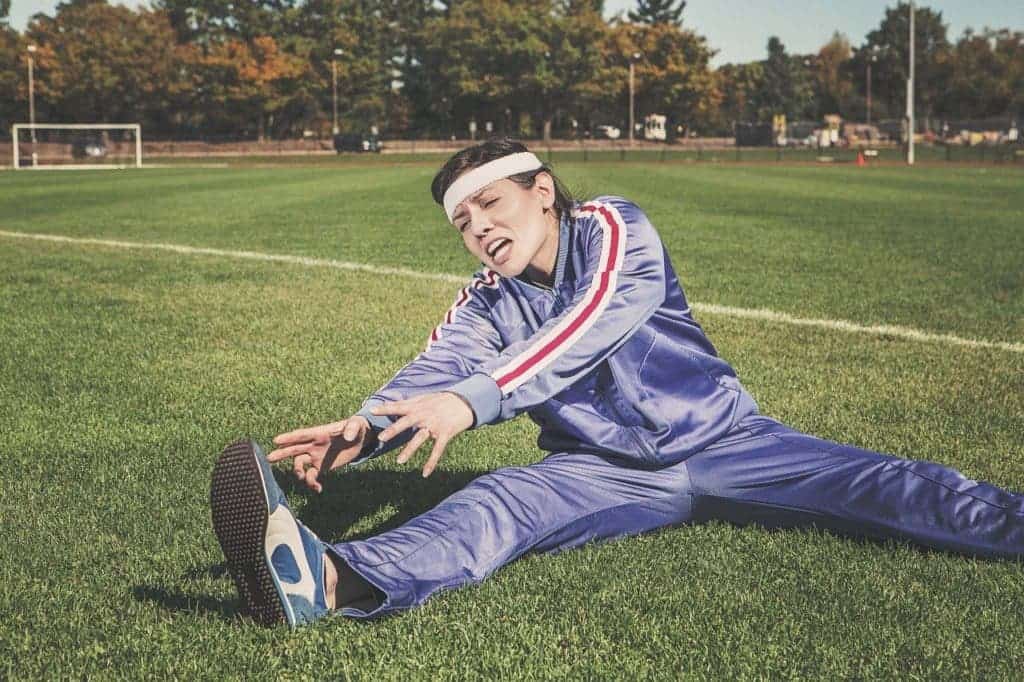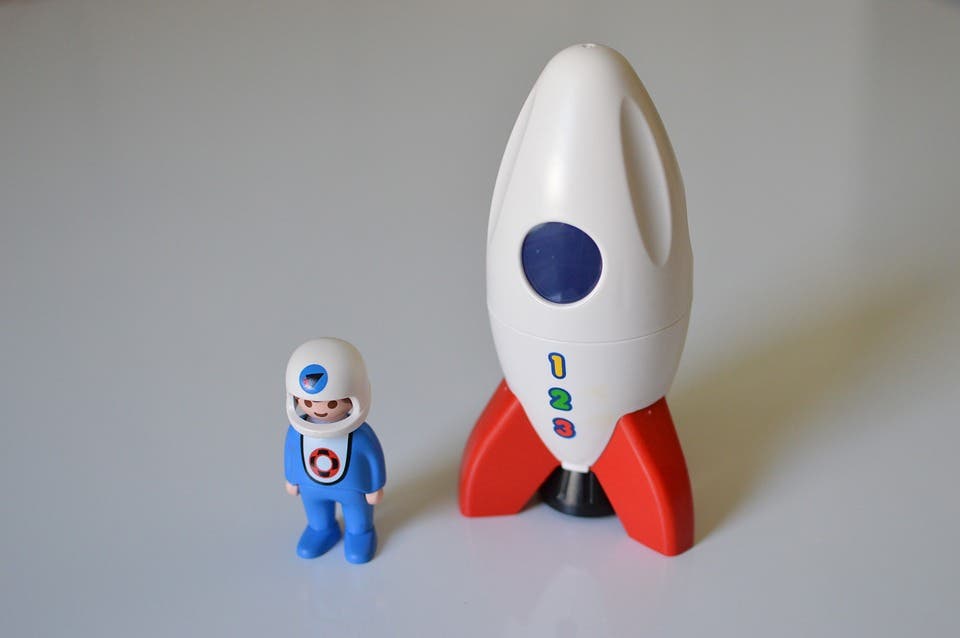
It’s common to experience sore muscles after performing strenuous physical activity, especially if you’re not used to it. For people who have just started working out, this sensation can be demotivating, on top of other nuisances such as lack of free time and feeling embarrassed due to lack of experience.
This is why it’s important to understand what causes muscle fatigue, what’s normal and what isn’t, and what you can do to recover from it in order to stay on track with your fitness goals.
What causes muscle soreness
There are two types of muscles soreness:
- acute muscle soreness, also referred to as immediate muscle soreness (AMS).
- delayed onset muscle soreness (DOMS).
With AMS, the pain felt in muscles during and immediately, up to 24 hours, after strenuous physical exercise
As the name suggests, delayed onset muscle soreness refers to a gradually increasing sensation of discomfort that occurs 24 to 48 hours after training. This is completely normal, and it happens even to seasoned athletes and bodybuilders. If anything, muscle soreness is a good sign that your muscles are adapting to a novel fitness regimen. You can have both AMS and DOMS as a result of your workout.
DOMS is triggered when the body goes through physical activity that stresses the muscle tissue beyond a level of intensity that it is accustomed to.
Ultimately, the pain and aching associated with DOMS are due to the microscopic damage incurred by the muscle fibers.
DOMS is targeted, meaning it appears in the body parts that had been recently strained through intense exercise. Vigorous jogging, for instance, will cause soreness in the backside of the lower legs. Depending on the type of exercise, lifting weights might cause DOMS in the shoulders or upper arms. But this means that while you feel sore in a muscle group, you can work out other parts of your body. For instance, if your delts and triceps are still sore from the last round of exercising, you can train your legs or back.
DOMS is most likely to occur when muscles are performing an eccentric or lengthening contraction (i.e. running downhill, bicep curl, etc).
The good news is that subsequent trips to the gym are generally less painful and recovery is faster. In a study involving 14 men and women who went through two vigorous rounds of exercise 28 days apart, researchers at Brigham Young University found a significant increase in white blood cells and T-cells after the second bout of exercise. This suggests that muscles seem to remember the previous damage to their fibers and react similarly to how the immune system responds to antigens like bacteria or viruses.
Inflammation actually increased after the second round of physical training, which seems to indicate that inflammation itself does not contribute to muscle damage. Which brings us to the next point…
Should you take Aspirin or Ibuprofen after a workout?
Many take anti-inflammatory drugs like Ibuprofen and Aspirin thinking this will help them cope better with muscle soreness and recover faster. But, as we’ve seen earlier, that may be totally unnecessary. On the contrary, painkillers increase the risk of bleeding and damage to muscles, tendons or kidneys, and they can also delay muscle recovery from exercise.
When you exercise intensely, you run low on oxygen which causes lactic acid to accumulate in muscles, causing muscle burning. The only way to stop this is to slow down during intense exercising to allow lactic acid to be cleared. Contrary to popular belief, NSAIDs (nonsteroidal anti-inflammatory drugs) do not block muscle burning.
According to scientific literature, taking NSAIDs after injuries delays healing both in muscle tissue and bones. They may also increase the risk of low blood sodium levels and muscle damage from repetitive exercise.
Common types and brands of NSAIDs include ibuprofen (Motrin, Advil), indomethacin (Indocin), ketoprofen (Ketoprofen) and naproxen (Aleve, Anaprox, Naprelan, Naprosyn).
“Many people think inflammation is a bad thing,” Michael Deyhle, a researcher at Brigham Young University, said in a statement. “But our data suggest when inflammation is properly regulated it is a normal and healthy process the body uses to heal itself.”
Robert Hyldahl, assistant professor of exercise science at Brigham Young University, said : “Some people take anti-inflammatory drugs such as Ibuprofen and Aspirin after a workout, but our study shows it may not actually be effective. The inflammation may not be directly causing the pain, since we see that muscle soreness is reduced concurrent with increases in inflammation.”
Muscle fatigue is your friend

The mild sensation of discomfort that you feel the next day after a strenuous workout actually works in your favor. It simply means that your muscles are adapting to more strain, growing stronger so they’re better equipped to take on a physical task next time, whether it’s long-distance running or lifting heavy weights in the gym.
Some people don’t have an athletic background but would still like to work out and get fit. For those just starting out, this novel sensation can oftentimes be intimidating.
It’s thus very important not let your initial enthusiasm wane when trying new things in your physical training. Feeling sore after an intense workout is completely normal, especially for beginners, and doesn’t necessarily mean you’re hurting yourself (which could happen if you have poor form in the gym) as some people worry.
So, bear in mind that it’s okay to be sore. Also, know that it gets easier the more you exercise regularly. As long as you don’t raise the intensity of your training too much the next time you perform physical training, there will be less muscle soreness and recovery will occur faster.
How to recover from muscle soreness

DOMS is a normal and necessary process that accompanies physical activity more intense than the body is accustomed to. There is no way to avoid DOMS altogether, but there are several remedies that can help ease the aching.
The best thing you can do is get enough rest. This means sleeping at least eight hours during the night following your workout.
However, the most underrated remedy for DOMS is stretching and working on your flexibility.
By stretching, either immediately after a workout or the next day, you can help untighten your contracted muscles and ease soreness.
It’s also important to keep the muscles in motion with some light exercising, such as walking or a light jogging, even though you might feel sore.
A 2017 study found that foods rich in antioxidants may relieve muscle soreness. Watermelon, for instance, is rich in an amino acid called L-citrulline. Other foods that are a great source of antioxidants include pineapple, ginger, and cherries.
Applying heat to the site of muscle soreness is also a viable option, especially if the strain is more intense than you’re used to after a typical workout. According to researchers at Brigham Young University, increased muscle temperature promotes blood circulation, which shuttles more nutrients and oxygen to the damaged muscle fibers.
The increased blood flow also washes away certain chemical irritants that cause the pain. You can try applying a warm damp towel on the body parts you’ve trained following your workout or take a hot bath.
Moderate doses of caffeine may cut your post-workout pain down by almost 50%, so it might be a good idea to have a cup of coffee before heading for your workout.
If you do nothing special, the soreness will usually go away by itself in a few days. Some take longer to recover while others get back to their exercise routine very quickly.
Muscle fatigue from overtraining
It’s important to make a distinction between mild muscle soreness induced by physical training and pain incurred by overtraining or injury.
How can you tell the difference? If the soreness prevents you from performing everyday tasks (Does it hurt when you brush your teeth?), then you’re likely overtraining and should dial down the intensity of exercise.
Use muscle fatigue to your advantage

Instead of being discouraged by the pain, it’s in your best interest to reframe muscle fatigue as a welcoming sensation that you associate with growth and progress in meeting your goals.
Once you start seeing the soreness as a sure sign that your muscles are engaged and growing stronger, you’ll actually feel more encouraged.
Most people stop going to the gym when they face muscle soreness. But, after reading this article, you should know how to flip the script and welcome the pain because, at the end of the day, that means growth.





